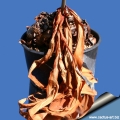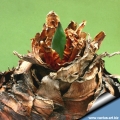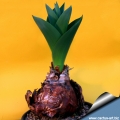Donate now to support the LLIFLE projects.
Your support is critical to our success.
Your support is critical to our success.
Ornithogalum maritimum
Fl. Franç. (Lamarck) 3: 276. 1779 [1778 publ. after 21 Mar 1779]
Family: HYACINTHACEAE
Fl. Franç. (Lamarck) 3: 276. 1779 [1778 publ. after 21 Mar 1779]
Family: HYACINTHACEAE
Accepted Scientific Name: Drimia maritima (L.) Stearn
Ann. Mus. Goulandris 4: 204 (1978)
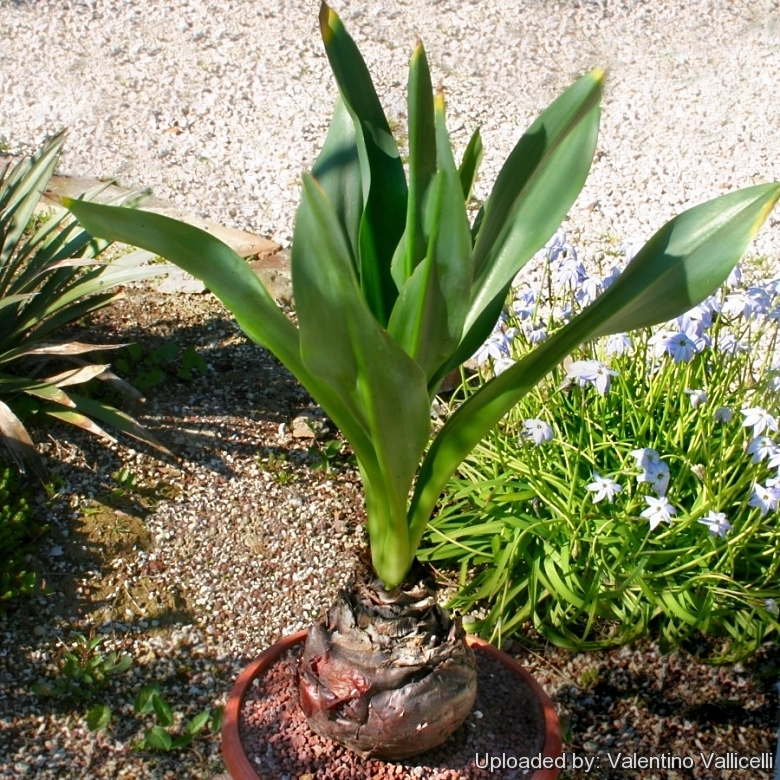
Ornithogalum maritimum (Drimia maritima) Photo by: Valentino Vallicelli
It is an unmistakable species for it shape and aspect. In the late summer for the high and characteristic inflorescence, in the other seasons for the above-ground bulbs and leaves.
It is an unmistakable species for it shape and aspect. In the late summer for the high and characteristic inflorescence, in the other seasons for the above-ground bulbs and leaves.
Synonyms:
- Drimia maritima (L.) Stearn
- Charybdis maritima (L.) Speta
- Ornithogalum maritimum (L.) Lamarck
- Scilla maritima L.
- Squilla maritima Steinh.
- Urginea maritima (L.) Baker
See all synonyms of Drimia maritima
back
Accepted name in llifle Database:Drimia maritima (L.) Stearn
Ann. Mus. Goulandris 4: 204 (1978)
Synonymy: 39
- Drimia maritima (L.) Stearn
- Charybdis maritima (L.) Speta
- Ornithogalum maritimum (L.) Lamarck
- Scilla maritima L.
- Squilla maritima Steinh.
- Urginea maritima (L.) Baker
- Drimia maritima var. anthericoides (Poir.)
- Ornithogalum anthericoides (Poir.) Link ex Steud.
- Scilla anthericoides Poir.
- Squilla anthericoides (Poir.) Jord. & Fourr.
- Urginea anthericoides (Poir.) Steinh.
- Urginea maritima var. anthericoides (Poir.) Maire & Weiller
- Drimia maritima var. insularis (Jord. & Fourr.)
- Squilla insularis Jord. & Fourr.
- Urginea insularis (Jord. & Fourr.) Grey
- Urginea maritima subs. insularis (Jord. & Fourr.) K.Richt.
- Drimia maritima var. lanceolata (Viv.)
- Scilla lanceolata Viv.
- Drimia maritima var. littoralis (Jord. & Fourr.)
- Squilla littoralis Jord. & Fourr.
- Urginea littoralis (Jord. & Fourr.) Grey
- Urginea maritima subs. littoralis (Jord. & Fourr.) K.Richt.
- Drimia maritima var. rubra (Garsault)
- Scilla rubra Garsault
- Drimia maritima var. scilla (Viv.)
- Stellaris scilla Moench
- Urginea scilla Steinh.
- Drimia maritima var. secundiflora (Maire)
- Drimia maritima var. serotina (Schousb.)
- Scilla serotina Schousb.
- Drimia maritima var. sphaeroidea (Jord. & Fourr.)
- Squilla sphaeroidea Jord. & Fourr.
- Urginea maritima var. sphaeroidea (Jord. & Fourr.) Maire & Weiller
- Urginea sphaeroidea (Jord. & Fourr.) Grey
- Drimia maritima var. squilla (Ker Gawl.)
- Ornithogalum squilla Ker Gawl.
- Drimia maritima var. stenophylla (Maire)
back
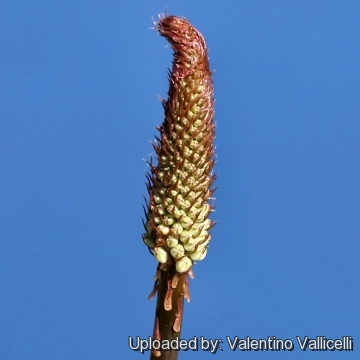
Ornithogalum maritimum (Drimia maritima) Photo by: Valentino Vallicelli
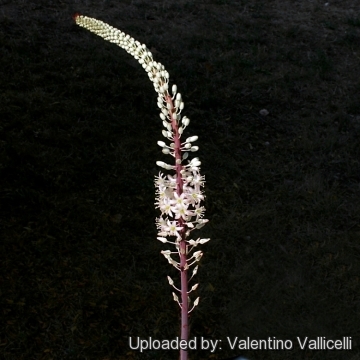
Ornithogalum maritimum (Drimia maritima) Photo by: Valentino Vallicelli
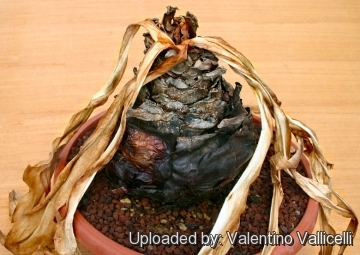
Ornithogalum maritimum (Drimia maritima) Photo by: Valentino Vallicelli
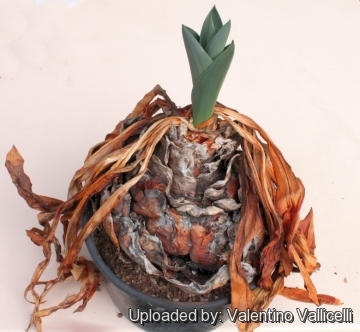
Ornithogalum maritimum (Drimia maritima) Photo by: Valentino Vallicelli
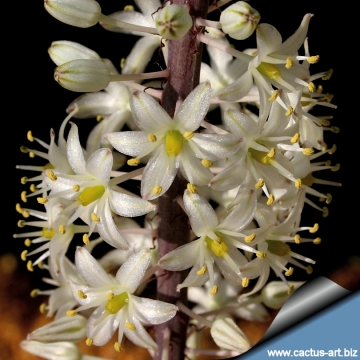
Ornithogalum maritimum (Drimia maritima) Photo by: Cactus Art
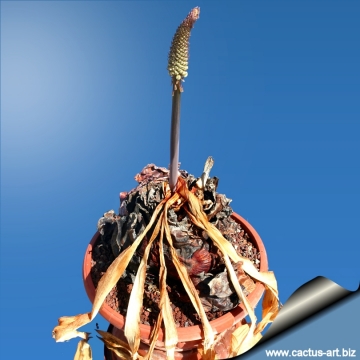
Ornithogalum maritimum (Drimia maritima) Photo by: Cactus Art
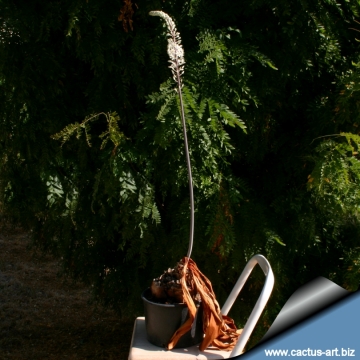
Ornithogalum maritimum (Drimia maritima) Photo by: Cactus Art

Ornithogalum maritimum (Drimia maritima) Photo by: Cactus Art
| Your Actions | |
|---|---|
| Back to Ornithogalum index | |
| Back to Hyacinthaceae index | |
 |
Back to Bulbs Encyclopedia index |







